Floor tiles are an essential component of any building or renovation project. They not only add aesthetic appeal to a space but also provide durability and functionality. When it comes to choosing floor tiles, one popular option is white tiles. White tiles have always been timeless and versatile, making them suitable for a variety of settings, from residential to commercial. Here are some important specifications to consider when selecting white floor tiles: 1. Material: White floor tiles are available in various materials, each with its own benefits and characteristics.
.
Common materials include ceramic, porcelain, marble, and quartz. Ceramic tiles are affordable and easy to maintain, while porcelain tiles are highly durable and resistant to stains and moisture. Marble tiles offer a luxurious and elegant look, but they may require more maintenance. Quartz tiles are durable and low-maintenance, making them a popular choice for high-traffic areas. 2. Size: White floor tiles come in different sizes, ranging from small mosaic tiles to large format tiles.
..
The size you choose will depend on the overall look you want to achieve. Larger tiles can create a more seamless and spacious appearance, while smaller tiles can add intricate details or patterns. Consider the size of the room and the layout when deciding on the tile size. 3. Finish: White floor tiles can have different finishes, each providing a distinct look and feel. Common finishes include polished, matte, and textured. Polished tiles have a smooth and reflective surface, adding an elegant and luxurious touch to any space. Matte tiles have a non-reflective surface, offering a more understated and contemporary look. Textured tiles have a rougher surface, providing slip resistance and a more rustic appearance.
…
4. Thickness: The thickness of the floor tiles can vary, and it’s essential to consider the specific requirements of your project. Thicker tiles are generally more durable and suitable for areas with heavy foot traffic, such as commercial spaces or busy households. Thinner tiles may be more suitable for areas with low foot traffic, such as bedrooms or bathrooms. 5. Resistance: White floor tiles should be resistant to various factors, depending on the intended use of the space. Look for tiles that are resistant to stains, scratches, moisture, and chemicals. This is particularly important for areas like kitchens, bathrooms, and entryways, where spills and high traffic are common. Additionally, consider the slip resistance of the tiles, especially for spaces that may be exposed to water or moisture. 6. Installation: White floor tiles can be installed using different methods, including adhesive or mortar. Depending on the type of tile and the area of installation, certain methods may be preferred. It’s important to ensure that the tiles are correctly installed to ensure longevity and avoid any potential issues down the line. When selecting white floor tiles, consider the style and overall design of the space, as well as the practical requirements. It’s also crucial to consider your budget and maintenance preferences. By considering all these specifications, you can find the perfect white floor tiles that will enhance your space and withstand the test of time.

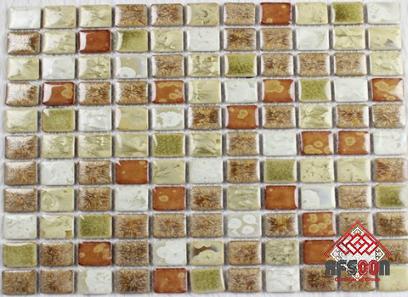

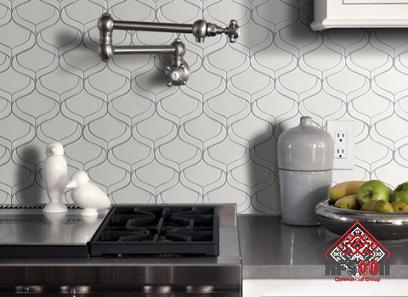
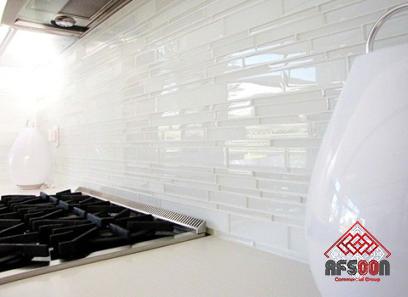
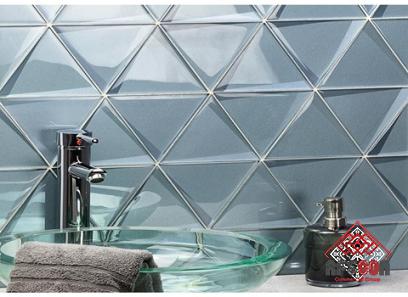
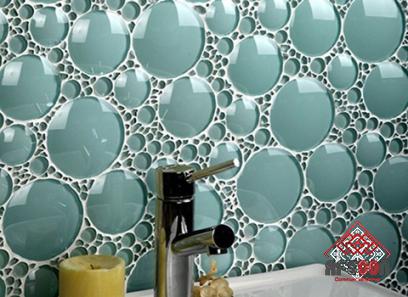

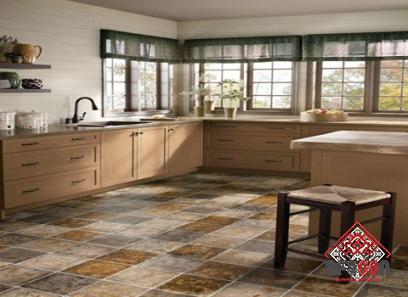


Your comment submitted.